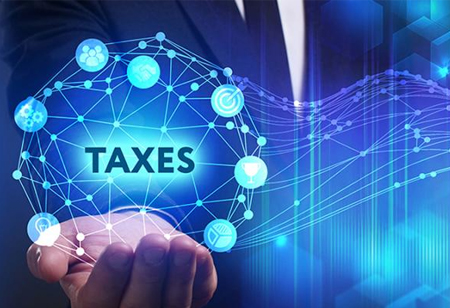THANK YOU FOR SUBSCRIBING
Be first to read the latest tech news, Industry Leader's Insights, and CIO interviews of medium and large enterprises exclusively from CFO Tech Outlook
THANK YOU FOR SUBSCRIBING

By
CFO Tech Outlook | Wednesday, June 10, 2020
Stay ahead of the industry with exclusive feature stories on the top companies, expert insights and the latest news delivered straight to your inbox. Subscribe today.
The integration of tax technologies that creates meaningful outputs for effortless end-user interaction and understanding is essential to communicate data insights via advanced reports. There are various solutions to choose from, and no single one fits all the solutions.
Fremont, CA: New regulations and its incorporation into the existing calculations put a strain on resources essentially when accounting for changes or explaining the effects to management. The capability to adapt to models performs analytics, draw comparisons, and effectively communicate data insights via advanced reports like visualizations. This demands the integration of tax software, data management, BI tools, and also collaboration technologies in ways such that it can efficiently transform raw data, adapt for changes to calculations and result in meaningful outputs for seamless end-user interaction and understanding. In this ever-evolving world in terms of tax and technology space, new laws are passed with an expectation that the change is conceptually understood and also incorporated in calculations after reviewing the resulting impacts.
Let's take a look at how deploying solutions fully will help maximize tax insights and raise the ability.
[vendor_logo_first]Constructing a Core Tax Technology Strategy
Developing a tax technology strategy that is efficient in delivering results demands a big-picture view of the tax department’s specific needs and processes. The technology that is chosen to be implemented must meet various needs. Firstly, the existing tax technology stack must be examined and documented. Following that, where the business and tax department is headed to in the next three years must be identified. The existing challenges in the department and the ones that will arise based on where it is going should be evaluated. Lastly, the current technology stack and those existing challenges and future needs have to be weighed.
Execution of Tax Technology Strategy
When establishing the core tax technology strategy, it must be executed aptly, starting with the selection of essential challenges and requirements and evaluating the technology that meets them. Whichever solution is chosen for implementation must be done intelligently after a complete understanding of the needs, challenges, and potential downfall of the answers that can be solved and aligns with the overall tax technology strategy.
I agree We use cookies on this website to enhance your user experience. By clicking any link on this page you are giving your consent for us to set cookies. More info



